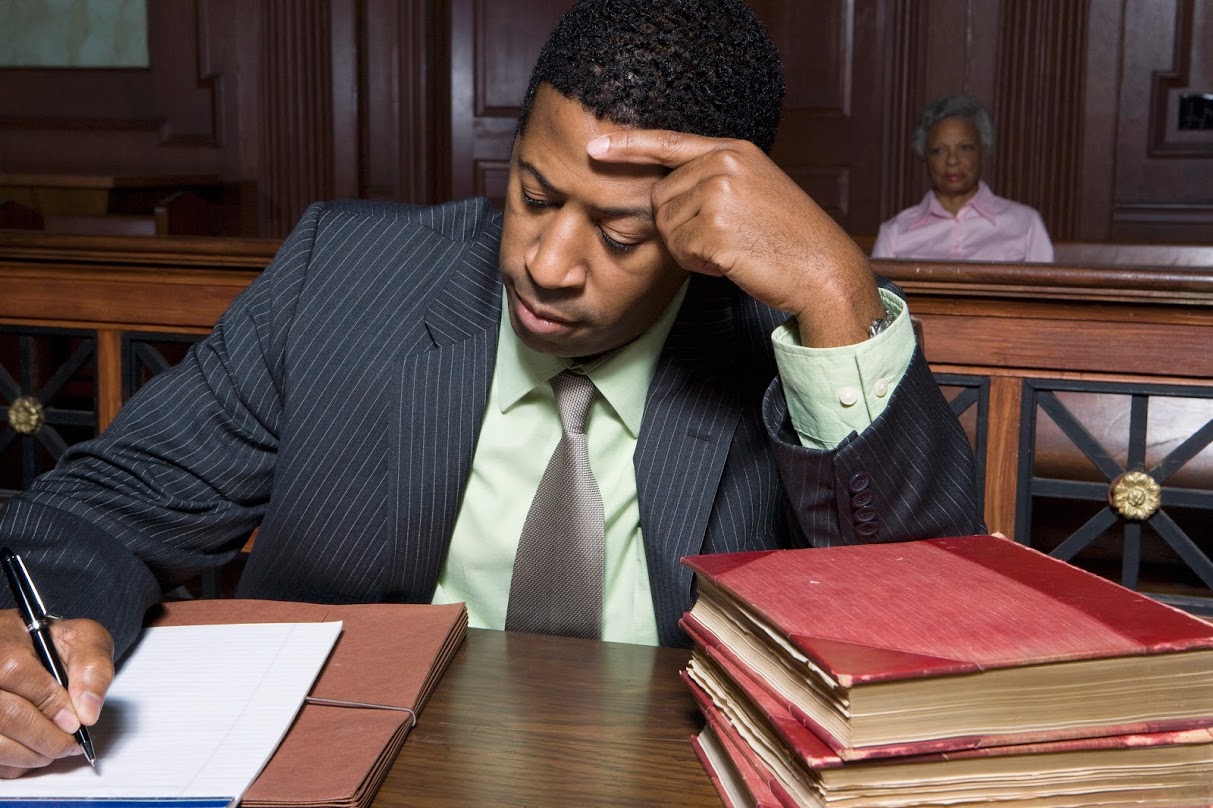Auto insurance policies in Illinois automatically include uninsured motorist coverage. Thus, if an uninsured driver hits your car and causes you injury, you can make an uninsured motorist claim with your insurance company.
In some cases, however, an uninsured motorist can cause you more damages that exceed your uninsured motorist coverage. Here are a few tips to help your claim if you decide to sue an uninsured motorist for damages.
Look Beyond the Driver
The driver of the car is not the only party who may be liable for your accident. In a typical auto accident, multiple parties may be liable for the damages. Evaluate all these parties to find if one or more of them should compensate you. If you do find other liable parties, you can likely hold them all liable to maximize your damages.
Here are examples of potentially liable parties other than the driver.
The Driver’s Parents
If the driver is a minor, then their parents’ auto insurance coverage should extend to the driver. Also, parental liability makes parents liable for the negligent actions of their child. The parents are more likely to have the means to settle your claim than the child is.
The Driver’s Employer
Employers are sometimes liable for the negligent actions of their employees. An employer may be liable for their employee’s actions if the employee causes an accident while engaged in an action that benefits their employer. For example, when a delivery van causes an accident, the delivery company may be liable for the ensuing damages.
The Owner of the Car
If the driver is not the owner of the car, then consider if you can retrieve damages from the car’s owner. According to negligent entrustment laws, a driver who lends their car to an unfit or dangerous driver is liable for the damages the driver may cause with the car. An uninsured driver can be unfit to drive, so the owner of the car can often compensate for your damages.
Confirm You Can Recover Damages
If the driver is the only party liable for your damages, then confirm that they can pay your damages if you do win the case. Without insurance coverage, your compensation will likely come from the driver’s assets. Cash in the bank, real estate property, and businesses are some of the assets that can pay your damages.
The major problem here is that most people who don’t have auto insurance coverage also don’t have valuable assets. However, don’t assume that this is the case with your driver; a little investigation or case discovery should reveal the truth.
Only Proceed If Damages Are Substantial
When you submit an auto insurance claim and agree to the carrier’s offer, you get to keep all of the money. Matters are different if you file an auto accident lawsuit because you have to pay the cost of the lawsuit. You may have to pay court-filing fees, pay for document productions, reimburse witnesses for their travel costs, and pay expert witness fee.
If you hire a lawyer — which is advisable if you want to boost your chances of recovery — then you have to pay legal costs too. As such, an auto accident case only makes sense if the damages are substantial. In practice, only substantial bodily injuries and property damages lead to substantial damages.
Strengthen Your Case With Necessary Evidence
Take a step further to strengthen your case before you proceed. Ensure you have all the documentary evidence, medical records, witnesses, and any other thing that can strengthen your case. You probably don’t want to instigate a weak case and waste your resources.
Randall A. Wolff & Associates, Ltd., can help you with your auto insurance claim whether the case is against a covered or uninsured drive. Don’t make a mistake and file a case prematurely; contact us so we can strengthen your claim and help you recover your damages.


